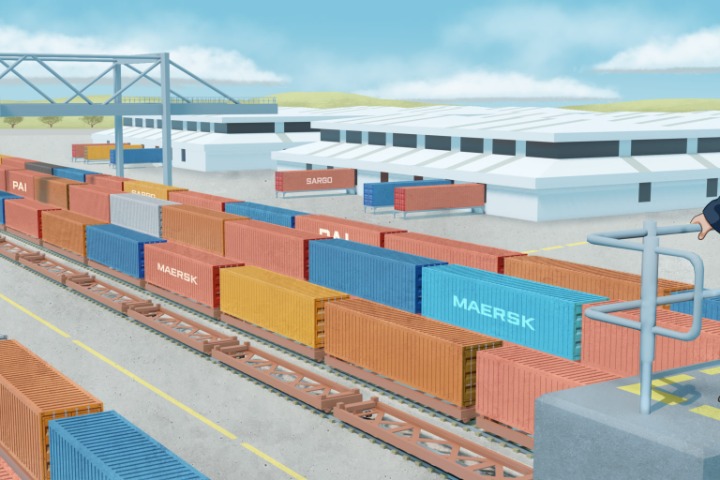
2038: Future Visions
Brought to you by INFORM in partnership with Port Technology. Visit the original article here!
In this interview in our exclusive series in partnership with Port Technology, INFORM’s Matthew Wittemeier spent some time with Alan Peterson, Industrial Segment Leader / Crane Systems at TMEIC Americas Corp. (TMEIC) – recently retired, to explore what the future, near and far, might hold for the industry. Alan offered some illuminating insights about standardistion, the problem of limited port space, and the inevitable march of progress.
Today
MW: We’re going to get started. We learned at the beginning of 2038 that the port of Reykjavik is a fully automated terminal with limited onsite personnel. Are we on track to achieve this outcome, or is it a remote possibility at best?
AP: 2038 is really not very far down the road. I think the only way a small place like Reykjavik could have an automated terminal at this level of accomplishment is for the industry to start standardizing products and interfaces from one vendor to the next. I also think that’s a very difficult thing to accomplish, at least in the next 30 to 40 years, mainly because vendors like me and my competition seek to get a leg up on our competition. Part of the problem is that when we innovate, we don’t want to share our hard work with somebody else. So in order to standardise an automated terminal package, we’ll have to have standard platforms across the industry that everyone can feed into. I don’t see this happening if we leave it to the vendors. I think only when customers or end-users decide they’ve had enough of customisation might they drive standardisation across the industry.
And I think that’s a harder conversation than we know, given that we are in an industry that can’t agree on a standard twist lock. So, is it possible? Yes. Is it the outcome we will have at some point? Yes. By 2038? I don’t know. That seems kind of aggressive to me.
MW: You talked about the terminal operators needing to take that first step. Are any terminal operators today making moves in that direction?
AP: There are some that make noise about it, but it has to be more than just a single operator. Let me give you two examples. APM Terminals, of course, as huge as they are in the terminal operating world, has a fairly standard platform they like to purchase, but they’re only one operator out of many. If you look at PSA out of Singapore, they’re a pretty good-sized terminal operator. They have a standard package they want to buy, but the two are not the same. I read the specs, and they just aren’t the same.
So in order for them to drive standardisation from TMEIC, ABB, Siemens, or ZPMC, they have to agree as customers on what they want, and it’s mostly boiling down to the interfaces. How do devices talk to each other? How do systems work together at a port? Could you take a Siemens package away and stick a TMEIC package in for a customer that has a standardised, across-the-board package? Yeah, that might be possible, but today it is not.
Sundahofn port container terminal, Port of Reykjavik
MW: With regard to systems talking to each other, the industry has certainly made a lot of progress in the last five years with initiatives like TIC 4.0 on the terminal side and the DCSA on the shipping side. It seems a lot of standard initiatives are gaining traction. Are these steps in the right direction, or is it too little, too late?
AP: You have to look at automation from a different perspective than just the ports and terminals industry. If you look at it from where the automotive industry or the bottling and packaging industry sits, they’ve had standard interfaces for everything for the last 30 years. The difference is they’re moving a bottle that doesn’t weigh much down an assembly line that’s rolling at high speed. Or if they’re making cars and they’re rolling off the assembly line at one per minute, their needs are very different. I’ve always said that automation in our industry is difficult because we’re moving 40-ton boxes with massive pieces of machinery. It’s not the same ball game. But yes, at some point, we will reach the commonality of interfaces that you see in the automotive world, the packaging world, or any other number of industries that are out there.
https://www.porttechnology.org/news/2038-future-visions/

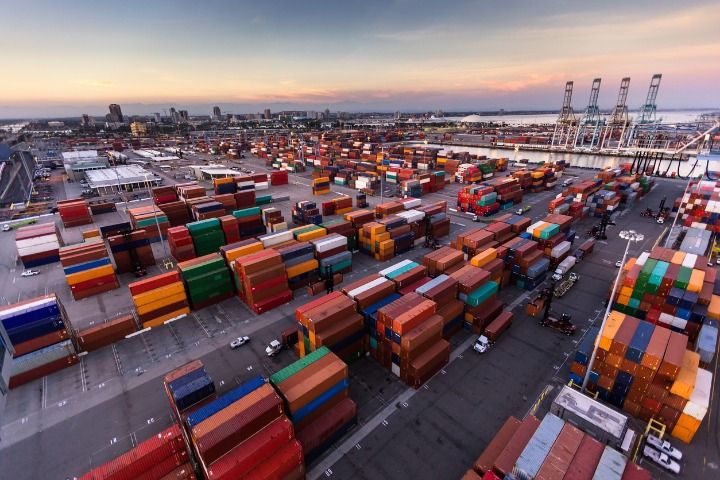
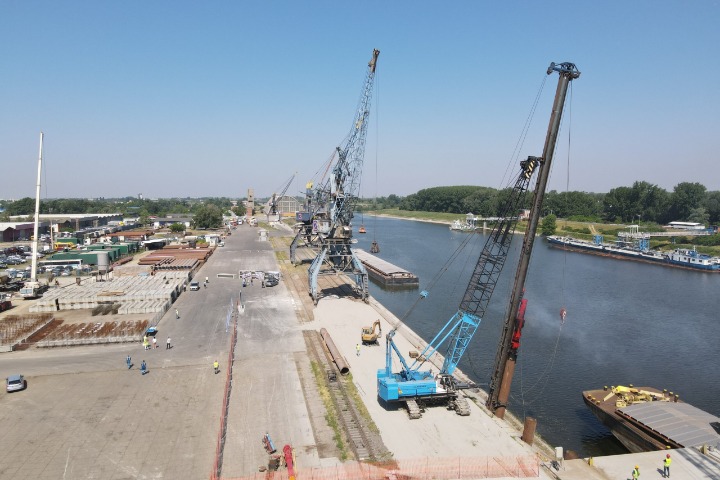
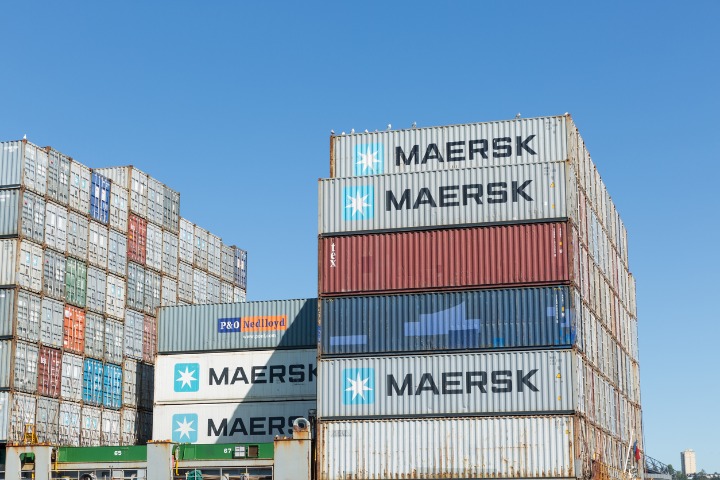
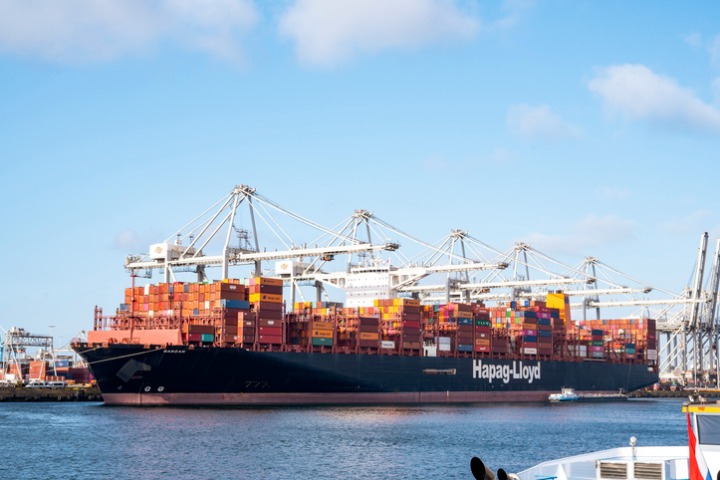
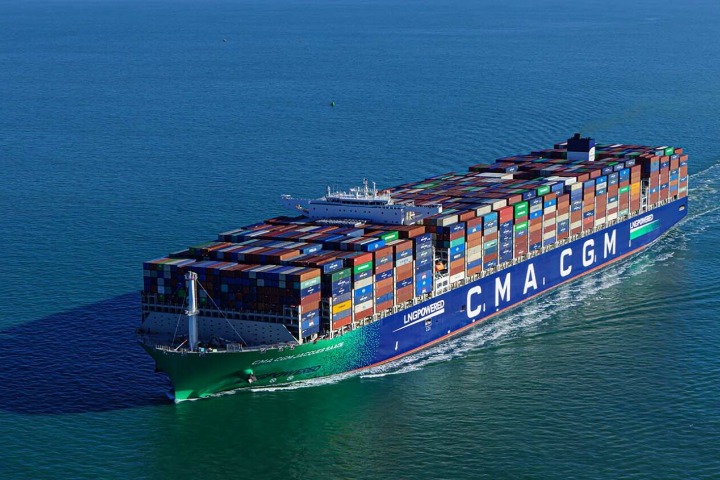

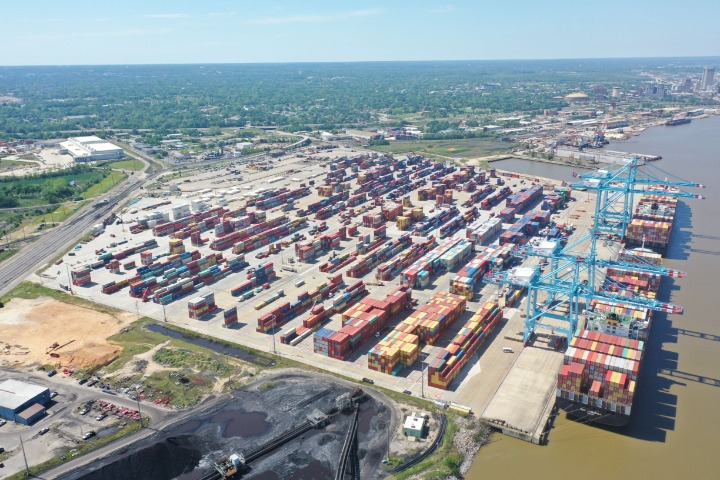
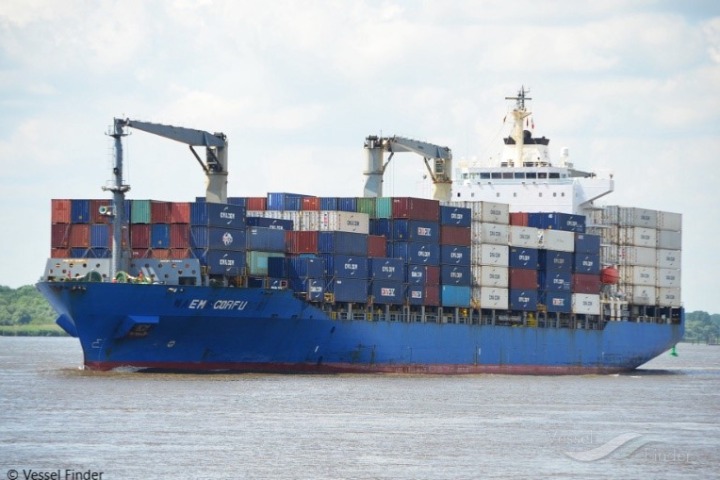
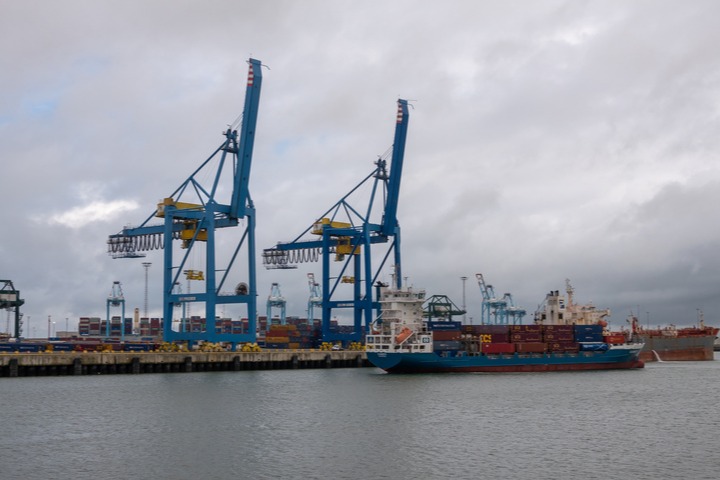
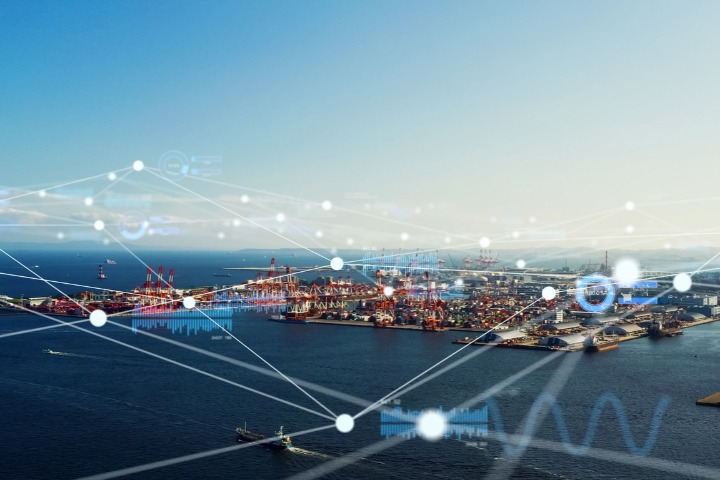






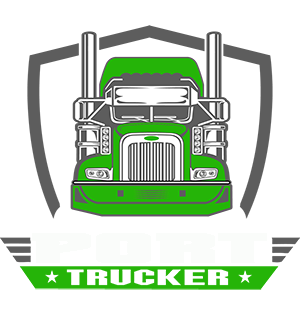






Comments